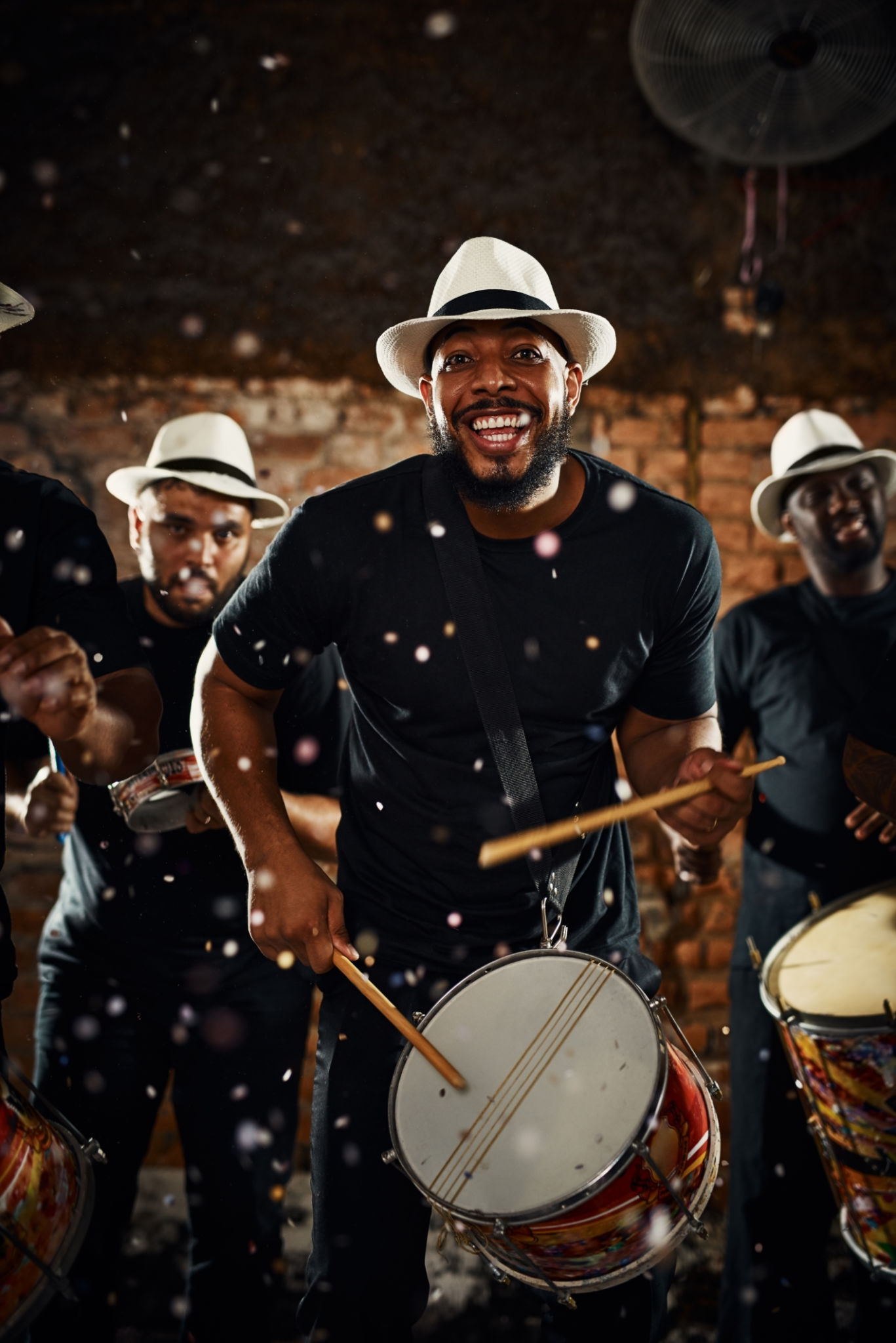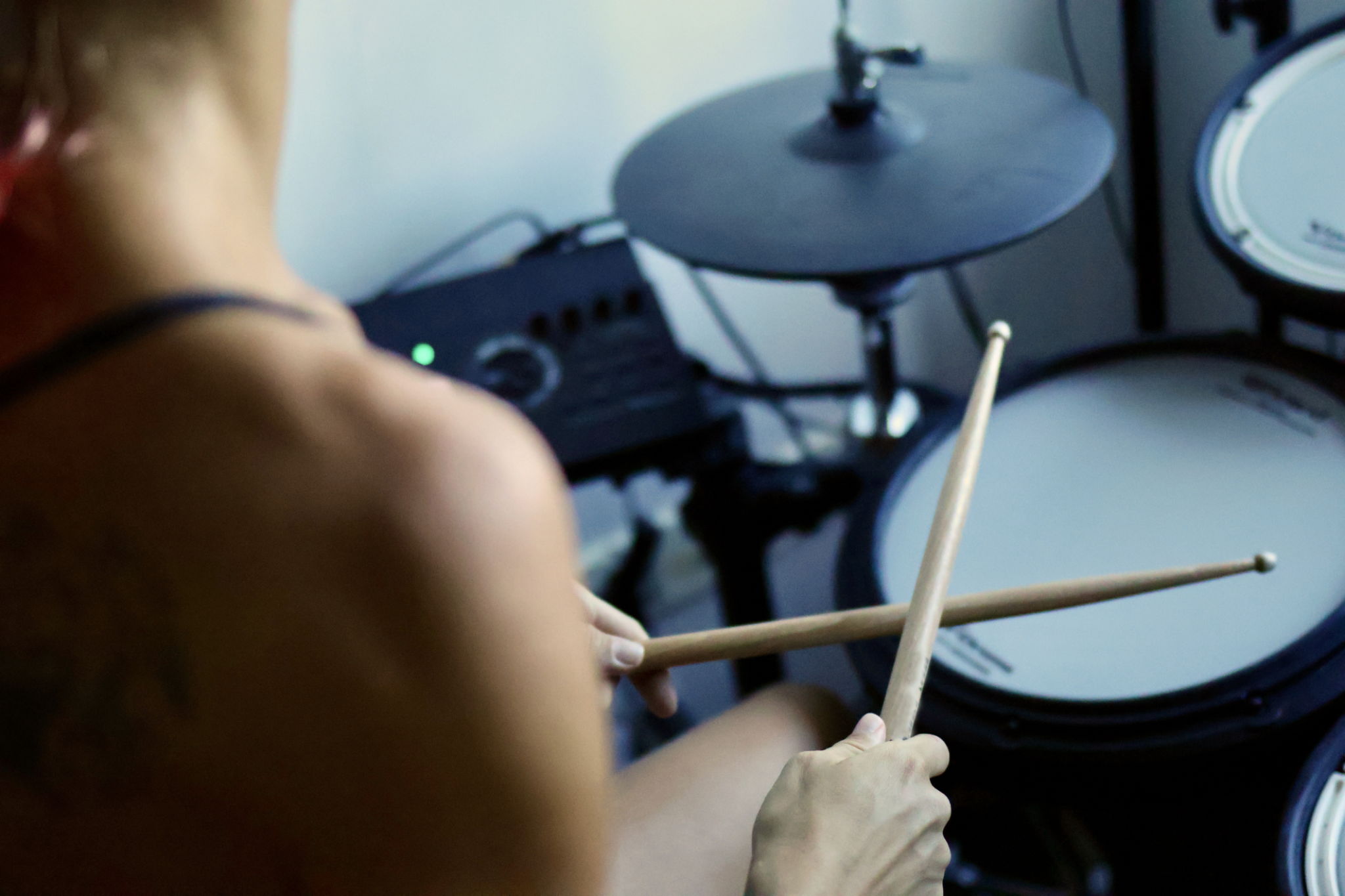A Journey Through African Drumming: Tradition and Technique
Introduction to African Drumming
African drumming is a vibrant and integral part of the continent's cultural heritage. With rhythms that echo through the ages, these traditional beats have played a crucial role in community life, rituals, and storytelling. Each drumbeat tells a story, conveying messages and emotions without the need for words.
The art of African drumming is not just about sound; it's about connecting with history, ancestry, and the soul of the community. The rhythms are deeply tied to ceremonial occasions, celebrations, and even everyday activities, making them an essential aspect of African life.

The Instruments of Tradition
Exploring Different Types of Drums
African drumming is characterized by a variety of drums, each with its unique sound and purpose. Some of the most common types include:
- Djembe: This goblet-shaped drum is famous for its wide range of tones and is played with bare hands.
- Talking Drum: Known for its ability to mimic the human voice, this hourglass-shaped drum is played with a curved stick.
- Dundun: A cylindrical drum played with sticks, often used in ensembles to create complex rhythms.
Each drum has its distinct role in an ensemble, contributing to the rich tapestry of sound that defines African music. The craftsmanship involved in making these drums is an art form in itself, with each drum constructed using traditional methods passed down through generations.

The Techniques Behind the Rhythms
Mastering the Art of Drumming
Learning African drumming involves more than just hitting a drum. It requires understanding the nuances of rhythm, timing, and coordination. Drummers often practice for years to master the intricate patterns and techniques that define African music.
A key aspect of African drumming is the use of polyrhythms, where multiple rhythms are played simultaneously to create a complex and layered sound. This technique requires intense concentration and a deep understanding of rhythmical structures.

The Role of Drumming in African Culture
Drumming is more than just music; it's a way of life. In many African cultures, drums are used to communicate important messages across distances. The beats can convey news, signal meetings, or even announce births and deaths.
In ceremonial contexts, drumming often accompanies dance, creating a powerful expression of cultural identity. These performances are not only entertaining but also serve to strengthen community bonds and preserve traditions.
Conclusion: The Legacy of African Drumming
As we journey through the world of African drumming, we discover a rich tapestry of tradition and technique that continues to influence music around the globe. From jazz to hip-hop, the rhythms of Africa have left an indelible mark on modern genres.
For those who take the time to explore this fascinating world, African drumming offers not only a musical experience but also a deeper connection to humanity's shared cultural heritage. Its rhythms continue to resonate, inspiring new generations to pick up the sticks and join in the dance of life.

